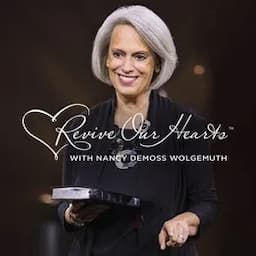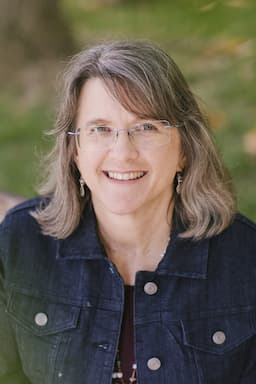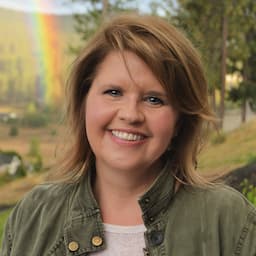Joyful Prayer & Physical Acts in Worship (Neh 12:27-46)
Now at the dedication of the wall of Jerusalem they sought out the Levites in all their places, to bring them to Jerusalem to celebrate the dedication with rejoicing, with thanksgivings and with singing, with cymbals, harps, and lyres.
Then I brought the leaders of Judah up onto the wall, and appointed two great companies that gave thanks and went in procession.
And the singers sang with Jezrahiah as their leader.
For in the days of David and Asaph long ago there was a leader of the singers, and there were songs of praise and thanksgiving to God.
We often offer prayers at the beginning of events or projects. We might usually pray a thanksgiving at the end. But here, the end of a project calls for exuberant and joyful singing of prayers! The prayers are also connected with physical acts of walking around the city. What can we take from these prayers to use in our own practice?
Background
The four mentions of prayer in this passage are part of the climax of the life of Nehemiah: the dedication of the city wall. Two groups of people made a procession each, then went out the gate in opposite directions, offering thanksgiving prayers along the way. Halfway around the city, they entered and gathered, standing at the rebuilt Temple, for a service of praise and thanks. As we have seen before, singing and music is a significant part of the celebration, and prayers can be sung as well as spoken—especially prayers of praise and thanksgiving, as we see here.
But the important final note connects the present celebration to the past when these worship services were held regularly and often.
Meaning
The two processions began on the west of the city, near the Valley Gate to the top of the wall. The first group went south (counterclockwise) on the top of the wall, all the way to the Water Gate opposite the Valley Gate. Along the way, the choir sang or spoke thanksgiving prayers to God. There, they left the wall and headed to the Temple.
The second group followed Nehemiah from the Valley gate, along the top of the wall clockwise to the Sheep Gate. Along the way, they also sang or spoke thanksgiving prayers to God. From there, they descended from the wall and headed to the Temple.
Each group traveled about two-thirds of a mile around the city, to re-enter and become one group at the Temple. What is the meaning of these processions? They are a celebration of the completed work. Traveling on the wall to celebrate the wall. We can imagine that, as they walked, each person in each group might have seen part of the way they had worked on. It was now complete—despite the troubles from outside and inside. That was a reason to offer thanksgiving to God.
Notice how often the element of “joy” is mentioned in the prayers and in the entire passage—“with rejoicing” at the beginning (v 27) and then especially at verse 43:
They offered great sacrifices that day and rejoiced, for God had made them rejoice with great joy; the women and children also rejoiced. The joy of Jerusalem was heard far away.
What an intense focus on the joy of this occasion! The emphasis on joy parallels the same emphasis on joy when they finished rebuilding the temple (see Ezra 6.16–22). Some might see faith as a way of life that involves following rules, asking for guidance, and giving thanks when something good happens. But we should not forget the joy permeates a life lived with God—He rejoiced when he finished creation in Genesis, and heaven rejoices at the end in Revelation. In between, despite struggles, hardships, and loss, there is always joy in God (see also Rom. 5:2-5; 8:18-25; Heb. 12:2).
Application
What can we learn about prayer from this joyful passage? First, prayer comes at the beginning and during our events and projects. Perhaps those are petitions and intercessions for perseverance and good work. But we should never forget the importance of joyful prayer at the end of tasks, events, and projects. It is not only a time for thanksgiving that it is finished, but also praise and joy!
Second, consider the physical acts that can accompany this prayer-filled joy. Not only did they pray and sing, for they walked around the very wall they had just finished.
One aspect of the ancient Greco-Roman world-view is the separation between the physical and the spiritual. They are two different things that don’t have a lot of overlap. We have inherited that view in the modern world, but it is not found in scripture. The physical world, created by God, is completely intertwined with the spiritual. God created the universe with his being. He led the Israelites by fire and clouds. He was present in the physical Tabernacle, and then in the Temple. His Son, the Messiah, was a physical being. The life God gives us is sustained daily by Him and the world He crested.
When we separate the two, as the Greeks and Romans did, it makes it easy to place the spiritual to one side—on Sundays, or in worship, or set apart in “devotional” times. Then we got out to the “physical” world and focus on materialism.
Consider how you might incorporate prayer more into your daily life: family, work, friends, errands, and more. Think about how you might use prayer at the end of events, and how you might incorporate a more physical aspect into prayer.
Discover more from Praying Through the Bible
Subscribe to get the latest posts sent to your email.








